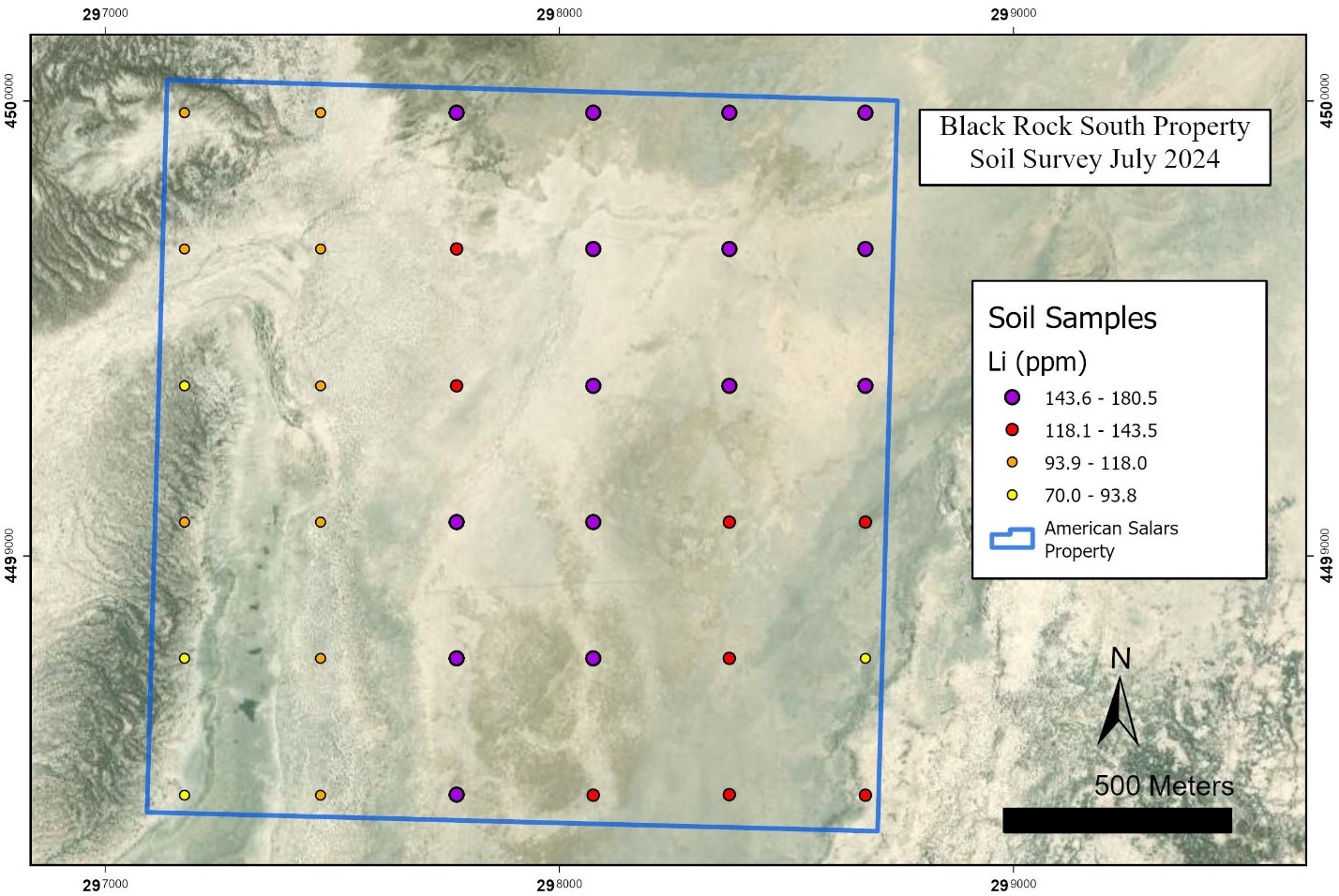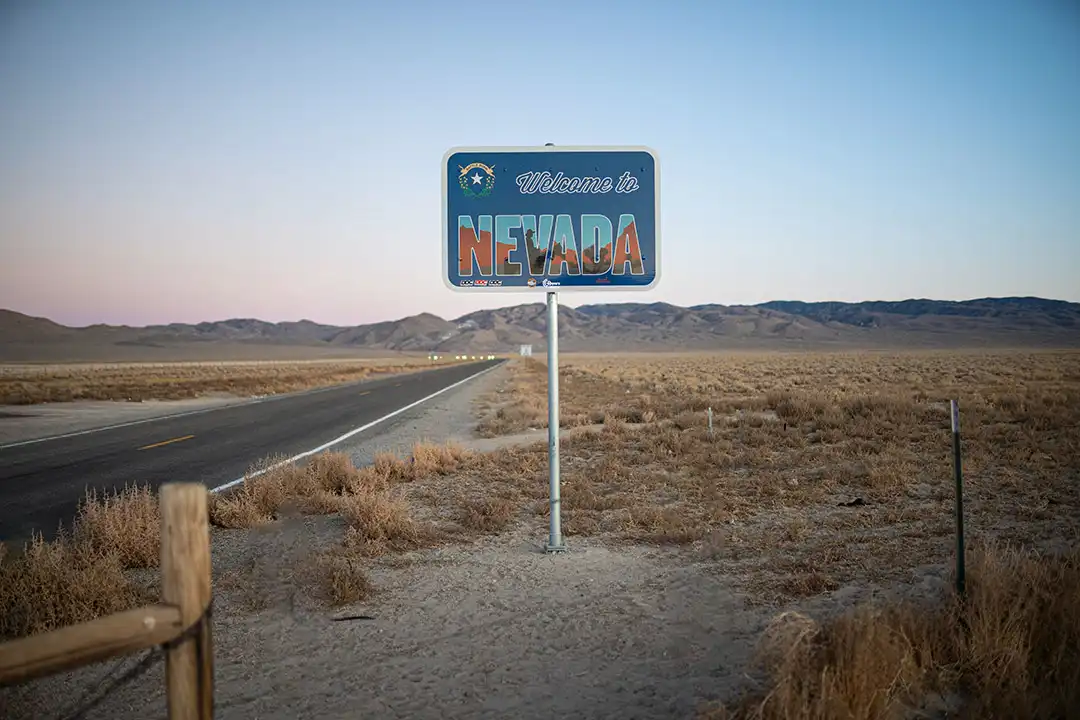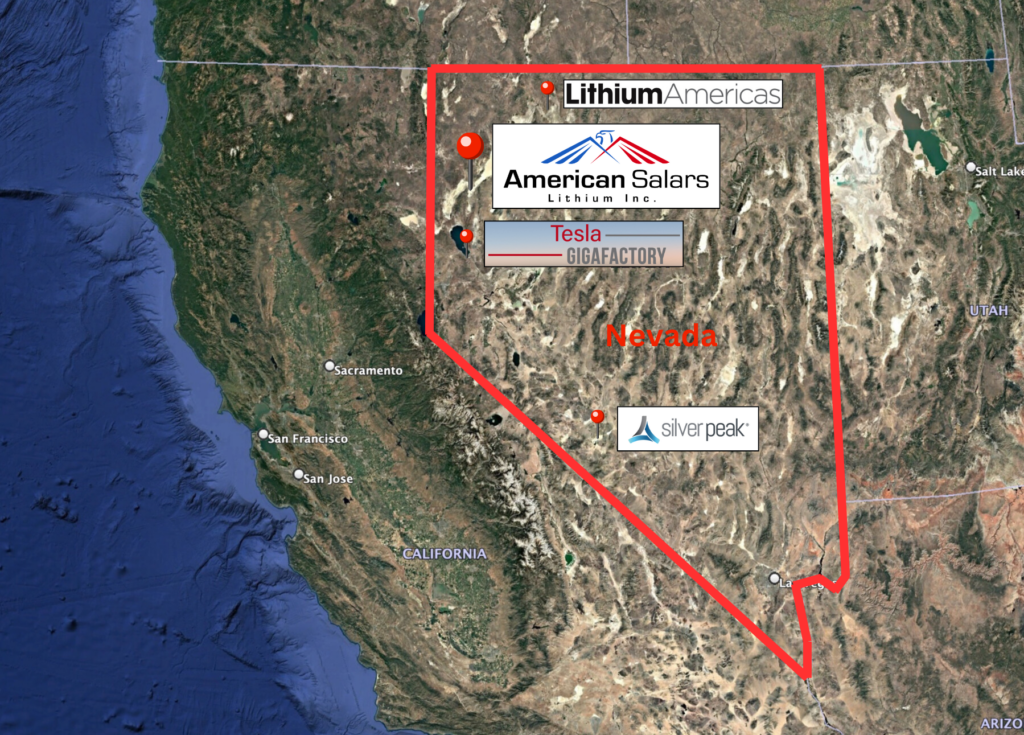Black Rock South- Nevada
Black Rock Desert basin is about 110 km long and up to 25 km wide at the widest point. The central playa measures about 50 km northeast – southwest and 10 km southeast – northwest. The western arm of the Black Rock Desert covers an area of about 2,000 square kilometers and contains 5 of the 30 currently listed Known Geothermal Resource Areas in Nevada.
Project SUmmary
The Blackrock South lithium brine project is located 72 miles north of the Tesla Gigafactory, 93 miles southwest of Thacker Pass, and 215 miles northwest of the United States’ only producing lithium mine, the Silver Peak lithium brine mine owned by Albemarle Corp. The claims cover a conceptual target for lithium brines which is very similar to the published geology of the Clayton Valley lithium brine production area approximately 200 miles to the southeast. The concept is consistent with generally accepted data and theories about the formation of lithium brine resources. The target area is lithium — brines hosted in basin-fill sediments. Recent 2024 phase 1 sampling program returned an average grade of 131 ppm with a high of 180.5 ppm lithium.
With the only producing Lithium Mine Abermarle’s Silver Pein North America being a Nevada brine project the company decided to focus on other brine projects in Nevada. The company is focused on DLE technologies which requires less water input and actually filters out the Lithium and other products and can return the water back into aquifers.
Project highlights
- Out of the 38 soil samples, 33 recorded lithium concentrations of 100 parts per million or higher with the highest sample recording 180.5 ppm lithium with an average grade of the 33 samples of 131 ppm across the surface of the property.
- Anomalous lithium results in a northeast trend and may represent a lithium brine aquifer at depth if the structural geology or geophysics shows a porous unit structure.
Black Rock South results
Soil Sampling across the American Salars 100-per-cent-owned Black Rock South property has been completed and yielded anomalous lithium concentrations. Assay results reveal a northeast trend of anomalous lithium that could represent a lithium brine at depth. Thirty-eight soil samples were collected across the Black Rock South property at a spacing of approximately 300 metres. Out of the 38 soil samples, 33 recorded lithium concentrations of 100 ppm or higher with the highest sample recording 180.5 ppm lithium with an average grade of 131 ppm across the surface of the property. The prospecting sample assays taken on other areas of the salar were received and will be studied internally.
Sampling methodology
Project soil sampling was completed across the property in a grid style to ensure complete coverage of the property. A total of 38 samples were completed at intervals of 300 metres. Soil samples were collected using shovel at a depth of approximately 20 to 30 centimetres. Top portion of the sample was included for a complete soil profile of any evaporite on surface within the property. Caution must be exercised in interpreting the results due to capillary action from evaporation and brine movement sequences may concentrate or dilute lithium values on the surface. Aquifers carrying lithium-rich brines usually concentrate at depth so surface values indicate the presence of lithium in the brines. Follow-up work will include geophysics and deep auger work prior to drilling. Michael C. Say was the project geologist.
 Black Rock South Property Survey July 2024
Black Rock South Property Survey July 2024Recent Mineral Exploration completed by Nevada Energy Metals Inc. in 2016 (NICL-V) tested for lithium (Li) values in playa evaporates returned significant geochemical results at the Company’s 100% owned Black Rock Desert Project in Nevada. Geochemical sample points were arranged on a grid pattern of 11 lines spaced 400 meters apart with stations every 200 meters along the lines. One hundred and seventy (170) soil samples were collected. Results ranged from 82.8 to 520 parts per million (ppm) lithium with a median value of 182 ppm. Twelve samples carried over 300 ppm Li.
These results show that dissolved lithium has been transported into this portion of the Black Rock Desert and is available for potential concentration by evaporative brines. The exploration model for the Black Rock Project is a Clayton Valley evaporative brine deposit as described in USGS Open File Report 2013-1006.
The entire San Emidio Desert basin is a highly prospective lithium exploration zone and is about 38 km long and up to 11 km wide at the widest point with the central playa measures about 8.5 km north – south and 4.5 km east – west.
A proposed four-hole drill program at the Galt project is pending permitting approval is designed to test a tight grouping of highly anomalous surface sediment sampling locations which returned assay values with a high of 312 ppm lithium and a mean value of 215 ppm lithium.





